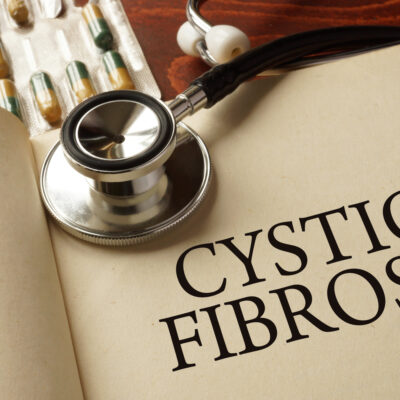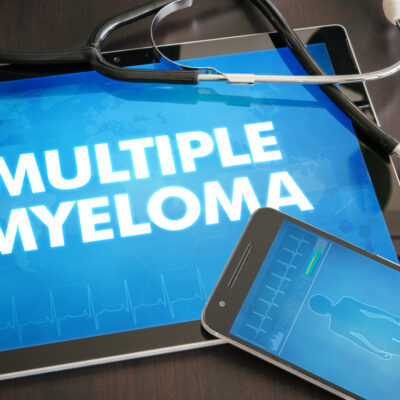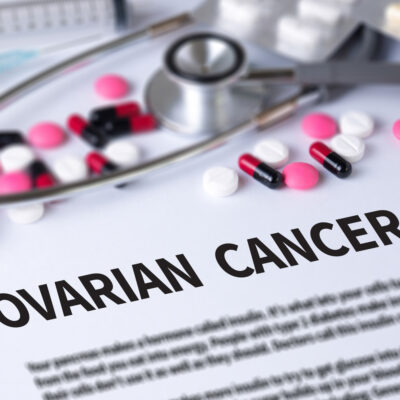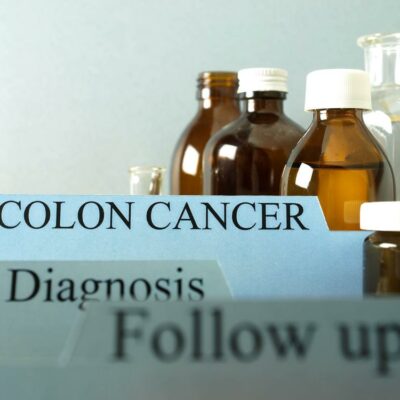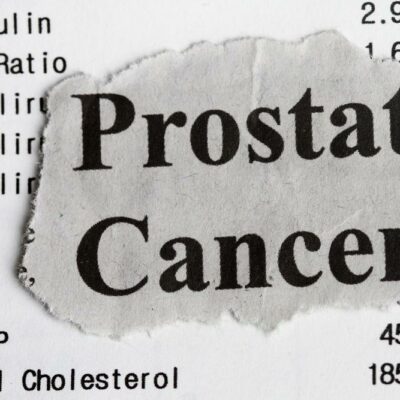
General Health
Major Causes and Treatments for Prostate Cancer
Prostate cancer is the most common men’s cancer in the U.S, with approximately 161,360 cases reported yearly. Prostate cancer takes a toll on the prostate gland, which is responsible for the control of urine in men as well as producing a portion of the fluid present in semen. The prostate gland is situated in front of the rectum, underneath the bladder. Although prostate cancer presents a significant health challenge among men, the good news is that it can be treated if detected in its early stages. Prostate cancer manifests in the epithelial cells, a process referred to as adenocarcinoma. During this process, tiny changes are witnessed in the size and shape of the cells of the prostate gland. These small changes are known as prostatic intraepithelial neoplasia (PIN). The changes occur gradually, and often do not show symptoms until the condition has escalated. Approximately 50% of men aged 50 years-old and above have PIN. Medics advise that high-grade PIN is pre-cancerous and should be dealt with immediately it presents itself. Unknown to most people, prostate cancer is treatable if an early diagnosis is made. However, when it goes past metastasis, it can rarely be treated since it is at that stage that it spreads to the bones.
Read More 